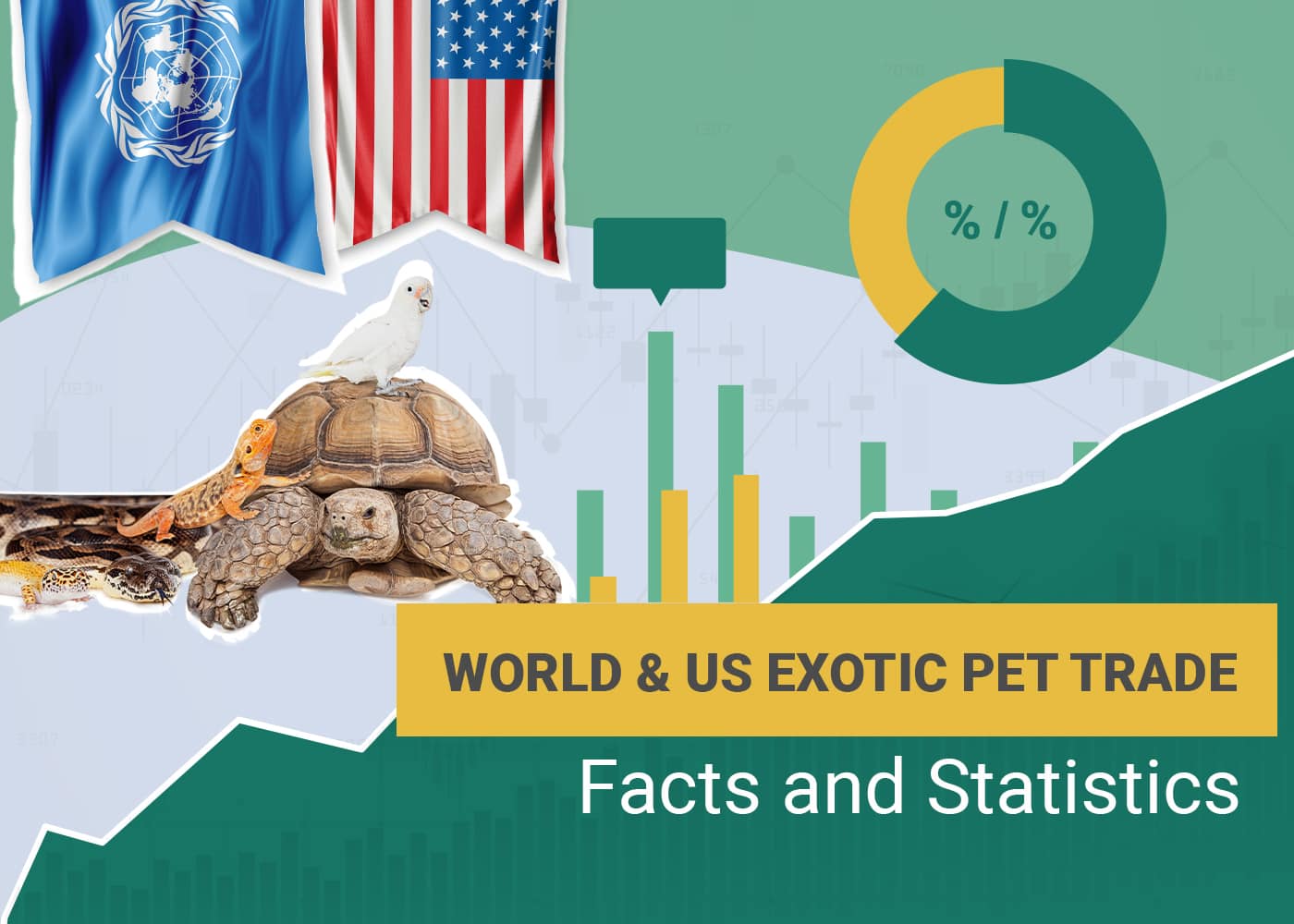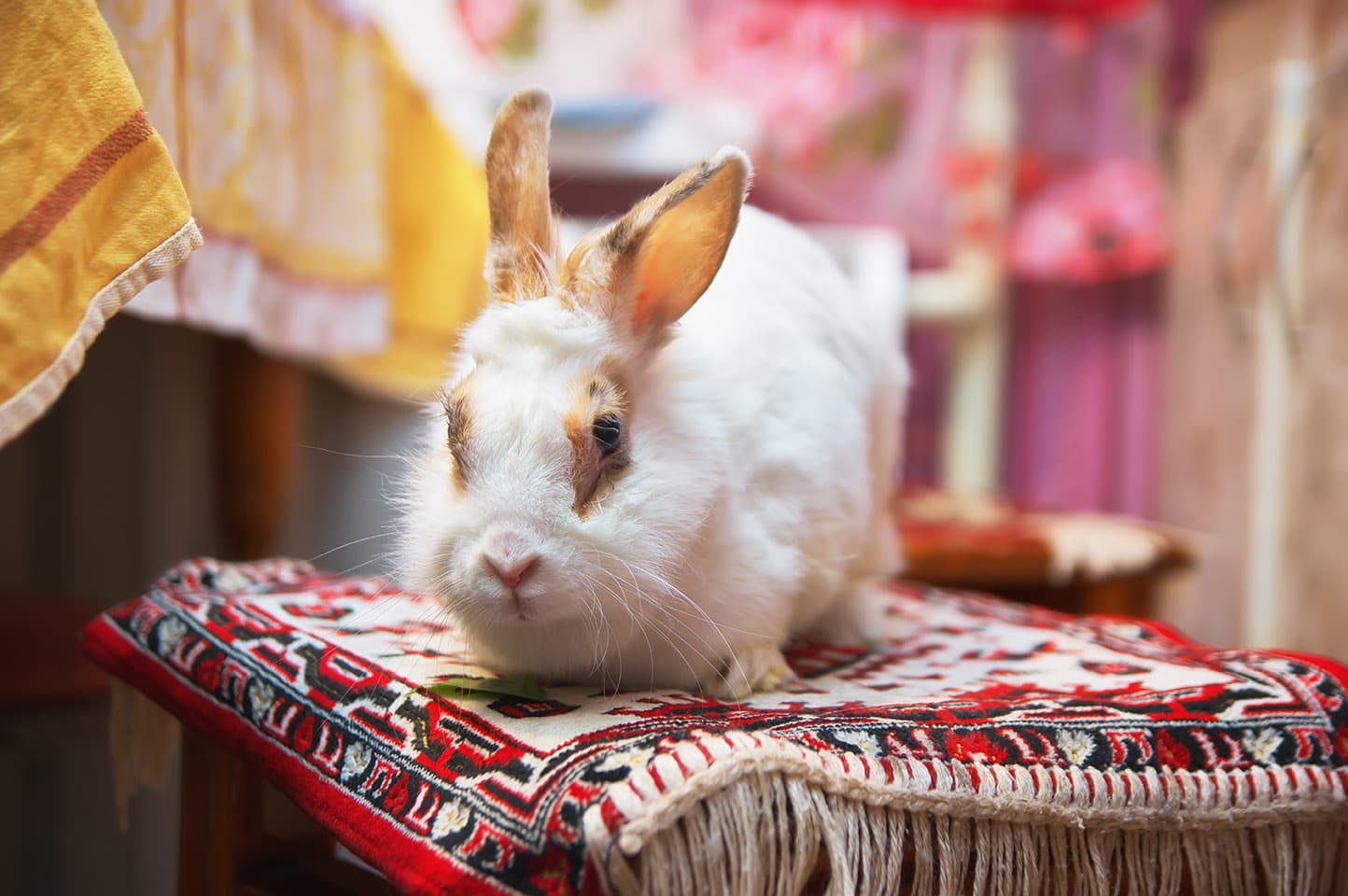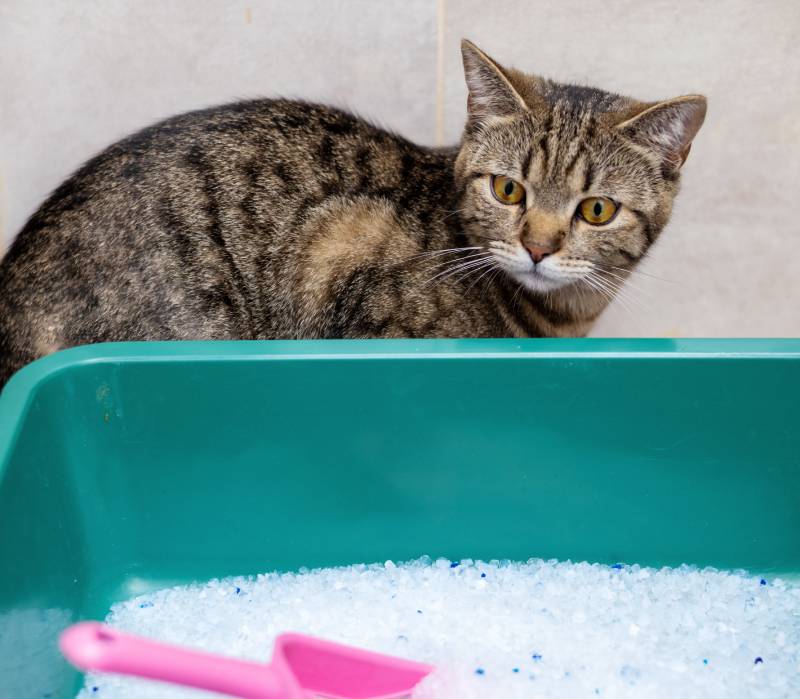Click to Skip Ahead
Note: This article’s statistics come from third-party sources and do not represent the opinions of this website.
Exotic pets encompass a wide variety of pets that aren’t cats, dogs, or farm animals.1 So, this grouping of pets can include birds, fish, rodents, reptiles, and non-domesticated animals. Within the past 20 years, the presence of exotic pets in American homes has risen, and the numbers of exotic pets continue to rise worldwide. In the U.S. alone, it’s estimated to be worth over $15 billion.
There is still a lot of data that needs to be collected and examined for us to have a better understanding of the exotic pet industry and its impact around the world. Here’s the latest on the exotic pet industry and the ownership of these types of pets.

The 17 Exotic Pet Trade Statistics
- The exotic pet industry in the US is worth over $15 billion.
- About 50% of pets in the US can be considered exotic pets.
- A 2021 report documented that privately owned exotic pets rose to 29 million pets in the US in 2012.
- Major US cities with the highest number of exotic pet imports include Los Angeles, New York City, Dallas, and Miami.
- Within the span of 20 years, 1,356 distinct wild-caught species were imported to the US.
- There are about 10,000 big cats in captivity in the US.
- Only about 6% of captive tigers in the US live in zoos or other accredited facilities of the Association of Zoos and Aquariums.
- Born Free USA has documented 93 human deaths related to exotic pet ownership since 1990.
- Of the 140 non-native species of reptiles discovered in Florida, 85% of them were imported through the exotic pet trade.
- Some of the top countries that export exotic pets to the US are Madagascar, Canada, Indonesia, Guyana, and Indonesia.
- 74 out of 75 reptile species smuggled into Australia were found in the US trade.
- In 2022, Australia added stronger protection for 127 reptile species to protect them against smuggling.
- According to a 2020 survey, the Czech Republic is one of the biggest exotic pet exporters in the world.
- The global wildlife trade is worth between $30.6–$42.8 billion, with about $22.8 billion being through legal trade.
- About 4 out of 5 exotic animals caught in illegal trade will die in transit or within 1 year of captivity.
- Exotic pets are becoming more popularized through social media, and one pet fox has amassed over 2 million followers on TikTok since 2018.
- A social media study published in 2022 documented a 472% increase in views for bush babies.
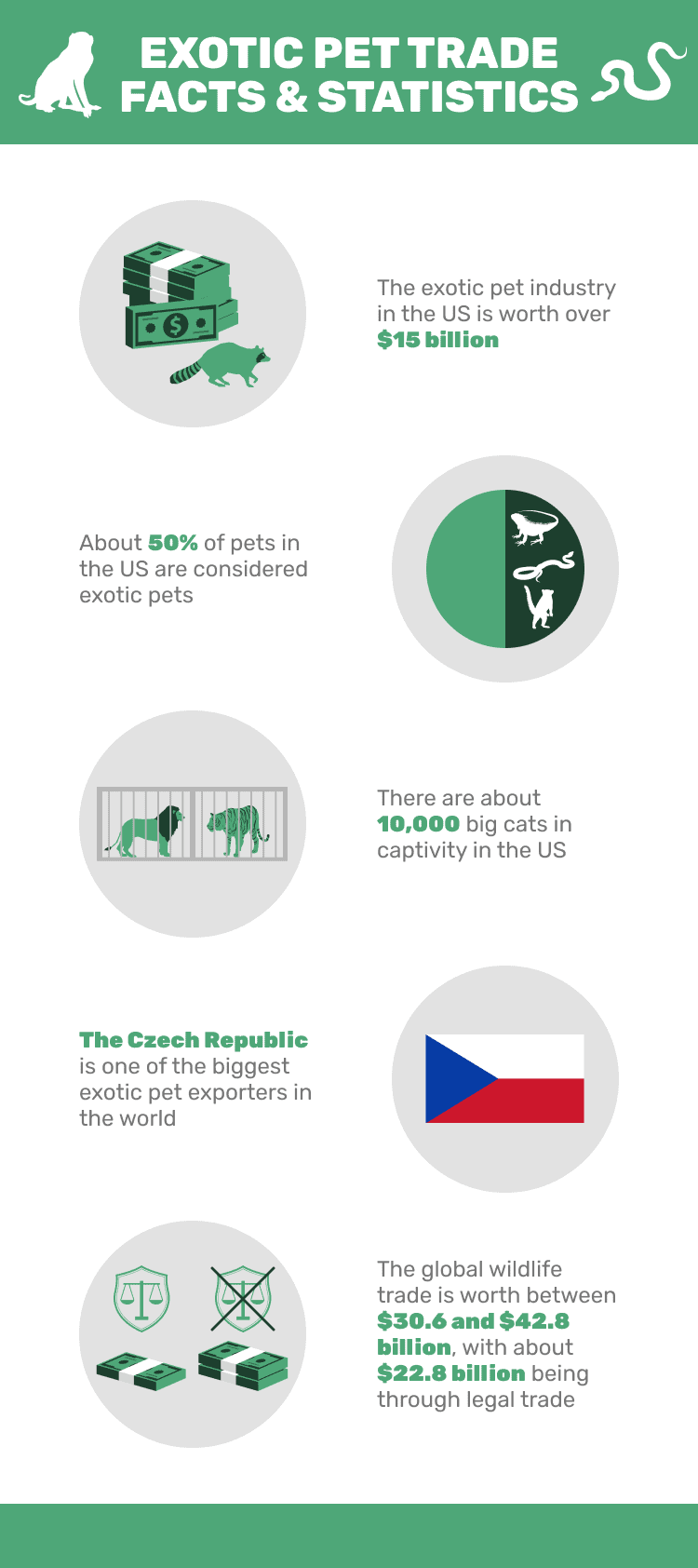

Exotic Pet Trade in the US
1. The exotic pet industry in the US is worth over $15 billion.
(Born Free USA, APPA)
Trading exotic pets is a lucrative business, and the industry’s growth is projected to rise as exotic pets become increasingly popular. Exotic pets are taking up a more significant part of the pet industry, as the current estimation of US pet industry expenditures is roughly $150 billion.
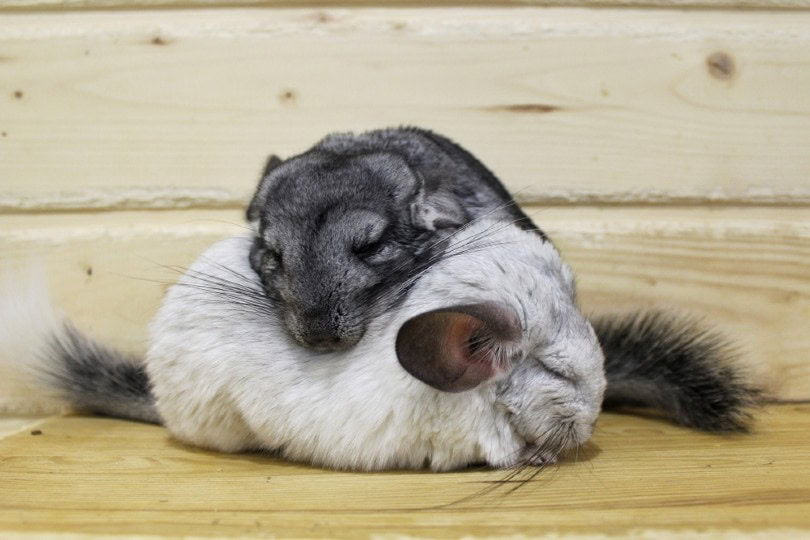
2. About 50% of pets in the US can be considered exotic pets.
(Ecological Society of America)
Cats and dogs compete for the top spot for the most popular pet in the US. However, exotic animals still take up a significant number of pets in American homes. Some common exotic pets in the US are birds, fish, reptiles, and small mammals.
3. A 2021 report documented that privately owned exotic pets rose to 29 million pets in the US in 2012.
(Animal Legal & Historical Center)
Several different factors affect the growth in the number of exotic pets in American homes. Positive views of unique interactions between humans and undomesticated animals have increased the demand for exotic pets. Exotic pets are also often popular alternatives for animal lovers who have cat or dog allergies.
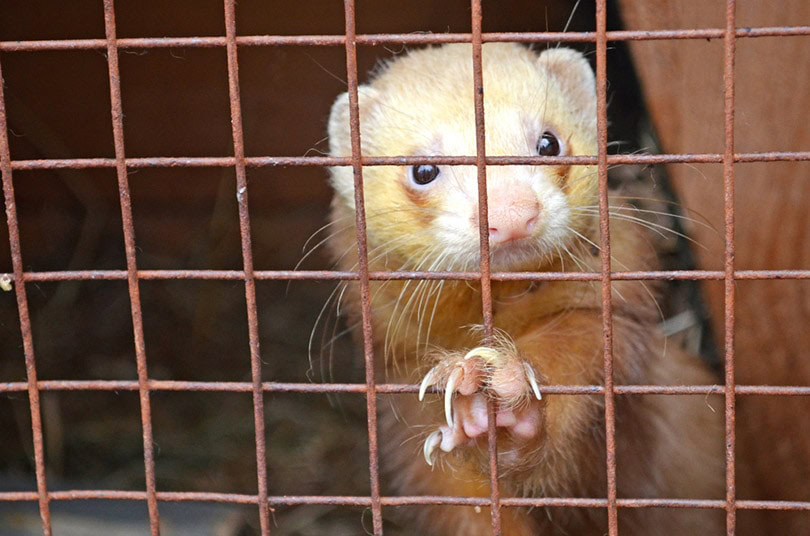
4. Major US cities with the highest number of exotic pet imports include Los Angeles, New York City, Dallas, and Miami.
(BioScience)
Los Angeles, California is the largest importer of amphibians and birds, while New York City imports the most pet fish in the US. Dallas, Texas imports the most exotic mammals, and Miami, Florida imports the highest number of reptiles out of all major US cities.
5. Within the span of 20 years, 1,356 distinct wild-caught species were imported in the US.
(Society for Conservation Biology)
This survey counted and listed 1,356 different species imported into the US, and many of these species are threatened or have declining populations in the wild. Reptiles were the most numerous species listed in the survey, followed by amphibians, birds, and mammals respectively.
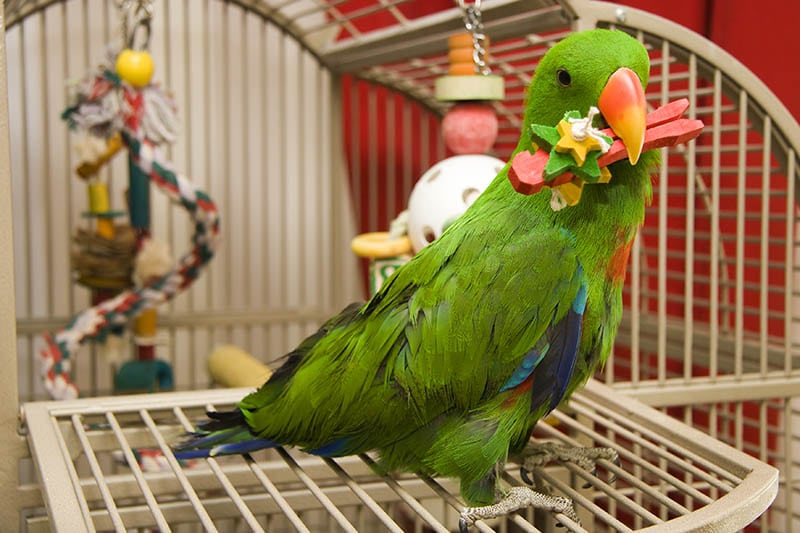

The Impact of Exotic Pet Trade in the US
6. There are about 10,000 big cats in captivity in the US.
(International Fund for Animal Welfare)
There are more big cats in captivity in the US than there are tigers in the wild. The global wild tiger population is about 4,500. Big cats are often sought after as exotic pets because of their beauty and rarity. Many people looking for unique pet care experiences will choose to purchase big cats.
7. Only about 6% of captive tigers in the US live in zoos or other accredited facilities of the Association of Zoos and Aquariums.
(World Wildlife Fund)
Several different US states don’t have restrictions against keeping big cats as pets, including Alabama, Delaware, Nevada, North Carolina, and Wisconsin. Consequently, big cats are smuggled into these states, and they’re raised without many regulations. While most states require all big cats to be registered pets, it’s difficult to monitor and uphold state requirements, so many big cats remain unregistered.
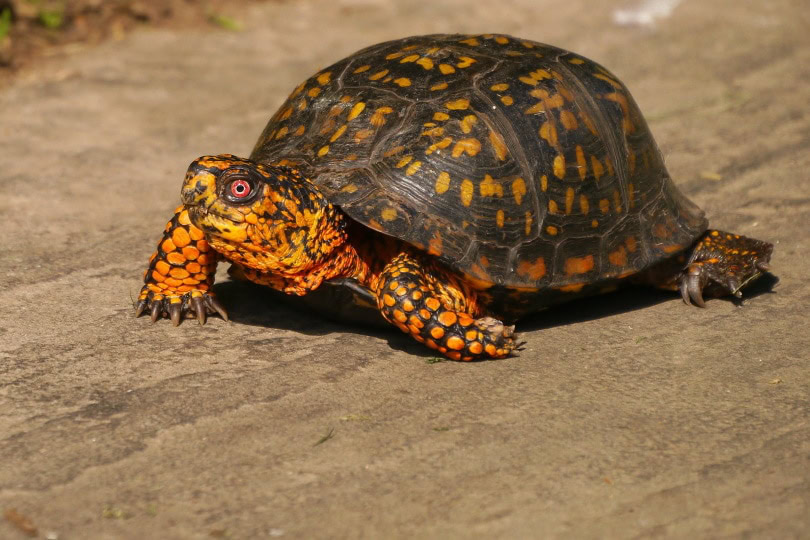
8. Born Free USA has documented 93 human deaths related to exotic pet ownership since 1990.
(Born Free USA)
Reported incidents related to exotic pets are rare and may not provide an accurate reflection of the actual number of incidents connected to exotic pets. The scope and severity of injuries vary and depend on the type of animal that was involved. Born Free USA documented a total of 93 human deaths incurred by exotic pets.
9. Of the 140 non-native species of reptiles discovered in Florida, 85% of them were imported through the exotic pet trade.
(Ecological Society of America)
Exotic pets can quickly become invasive species as they don’t have natural predators in the wild. They can end up disrupting native ecosystems with their growing population and destroying food chains. Invasive species can also cause the decline and extinction of native species.
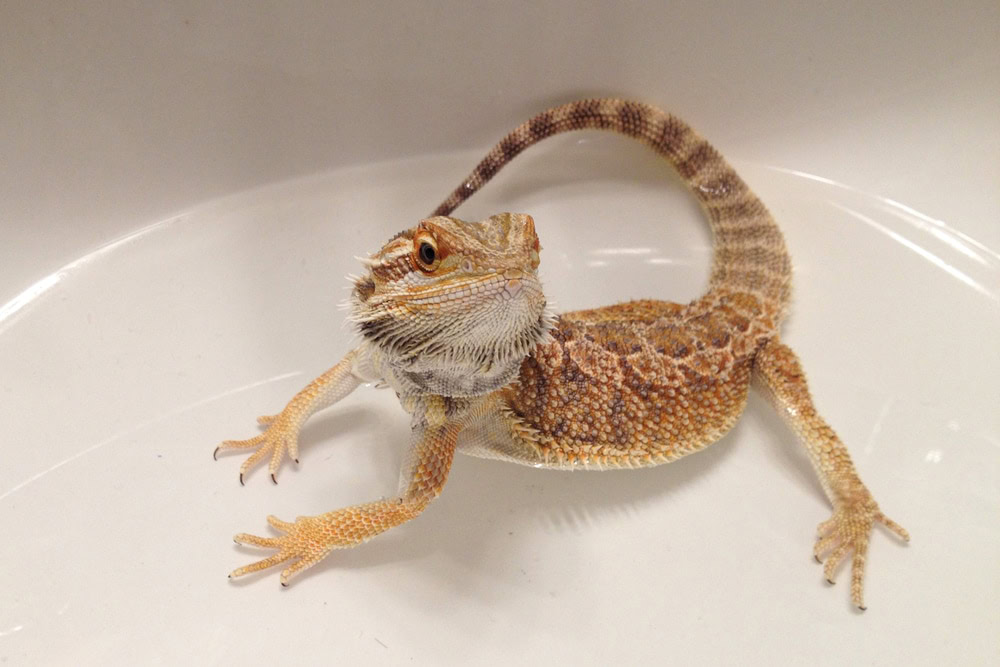

Global Exotic Pet Trade
10. Some of the top countries that export exotic pets to the US are Madagascar, Canada, Indonesia, Guyana, and Indonesia.
(BioScience)
The US imports exotic wildlife from many different countries. Reptiles are the most popular wildlife imports, and Indonesia is the largest exporter of reptiles. 89% of reptiles imported into the US come from Indonesia. Indonesia is also the largest exporter of fish.
Birds are the second most popular imports in the US, and they’re mainly exported from Canada. Madagascar is the highest exporter of amphibians, and Guyana exports the most mammals to the US.
11. 74 out of 75 reptile species smuggled into Australia were found in the US trade.
(Wiley)
One study compared the live reptile species illegally smuggled to Australia to the legal trade of live reptile species in the US. Nearly all were found in the US legal pet market, with an average time lag of about 5.6 years between a species when it first appears in the US and when it is detected in Australia. Species’ popularity in the US and internationally seem to have a positive association with smuggling probability to Australia.
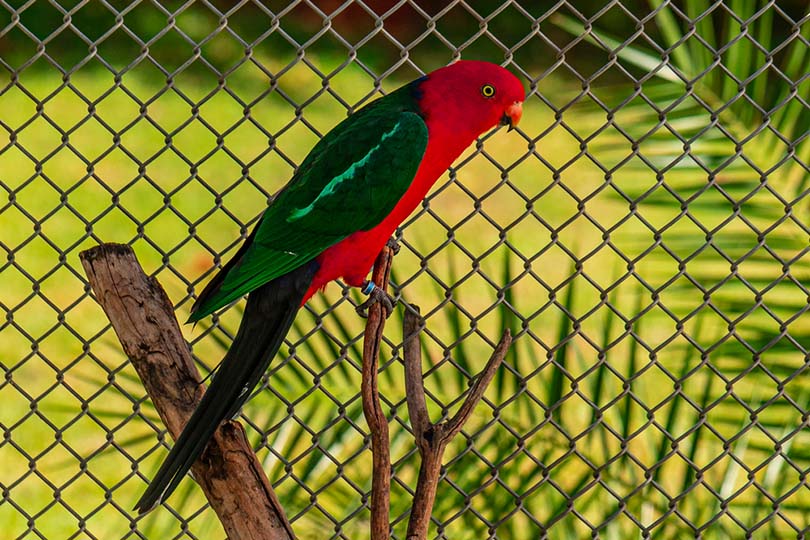
12. In 2022, Australia added stronger protection for 127 reptile species to protect them against smuggling.
(EcoWatch)
The exotic pet industry is expansive and lucrative, and many wildlife activists demand stronger restrictions and regulations to be set in place by the government to protect animals from illegal trade. With the significant negative impact the wildlife trade has on many reptile species, the Australian government is making strides to protect native ecosystems and urging other countries to do the same.
13. According to a 2020 survey, the Czech Republic is one of the biggest exotic pet exporters in the world.
(Radio Prague Int.)
The Czech Republic had over 55,000 registered animal species exported from the country. There are many exotic animal breeders, and the market for exotic pets is oversaturated in the country. So, many breeders turn to international trade. Birds, especially parrots, are the most popular exotic pet exports from the Czech Republic.
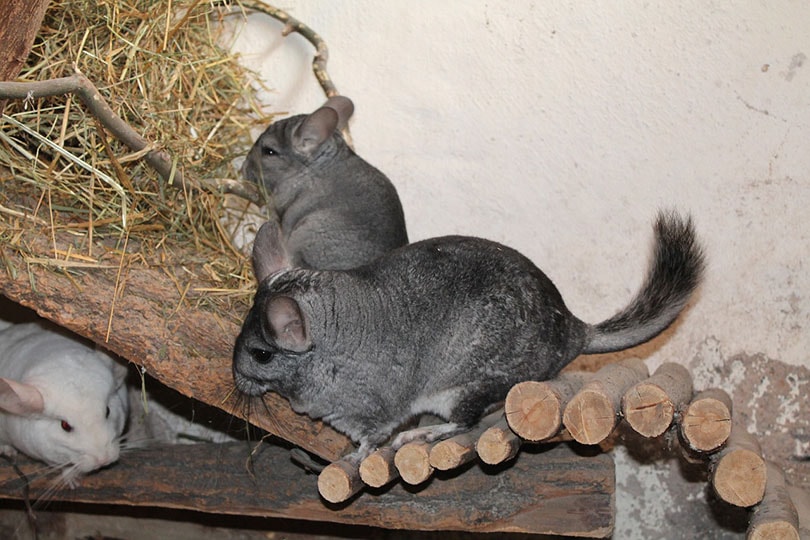
14. The global wildlife trade is worth between $30.6–$42.8 billion, with about $22.8 billion being through legal trade.
(Animal Legal & Historical Center)
It’s difficult to reduce the estimated range of the global wildlife trade’s net worth because of the unknown number of illegal trades taking place worldwide. Different countries have varying regulations on exotic pets, and rules and enforcement will also depend on local governments.
Illegal wildlife trade remains prominent due to the high demand and low supply of rare animals. Unfortunately, trading endangered animals protected by the government is extremely profitable for poachers as many are willing to pay exorbitant prices for rare animals.
15. About 4 out of 5 exotic animals caught in illegal trade will die in transit or within 1 year of captivity.
(World Animal Protection)
The lifespan and quality of life of animals reduces significantly if they get caught in the illegal exotic pet trade. Hunting for animals in the wild can be extremely inhumane, and many animals shipped as exotic pets also face unbearable conditions during transit. These animals can end up in cramped spaces, receive little to no food, and are also susceptible to catching diseases.
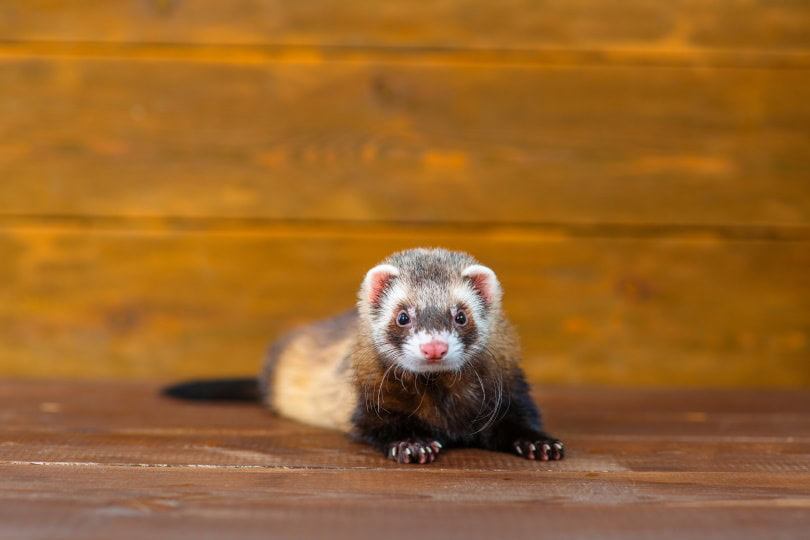

Exotic Pet Trade and Social Media
16. Exotic pets are becoming more popularized through social media, and one pet fox has amassed over 2 million followers on TikTok since 2018.
(NPR)
Searches for exotic pets have risen as more and more people post snapshots of their lives with exotic pets on their social media accounts. You can find many exotic pets that have millions of followers, and researchers are wary of the impact that these types of social media accounts can have on animal welfare. While there are accounts that only document positive images of exotic pet care, you can find accounts that also provide education on the challenges of raising an exotic pet.
17. A social media study published in 2022 documented a 472% increase in views for bush babies.
(The Italian Journal of Mammalogy)
While people may want exotic pets for their novelty and rarity, many people simply want such pets because they’re cute. This study on bush babies on social media revealed that most comments on social media posts refer to the cute appearance of the animals and the desire for wanting a cute pet.
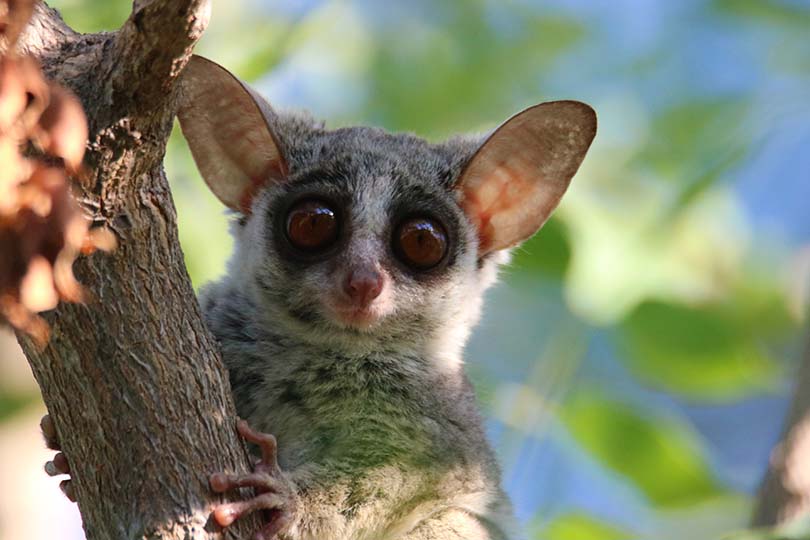

Frequently Asked Questions About Exotic Pet Trade
Is buying an exotic pet a good idea?
Many animal rights activists and organizations discourage buying an exotic pet because the negative impacts outweigh the positive ones. Many exotic pets quickly become unmanageable as they grow and mature, and they can either escape or become abandoned. These animals can get involved in harmful incidents or become invasive species that destroy native ecosystems.
It’s also difficult to meet all the needs of an exotic pet because it can’t become fully domesticated. So, their quality of life reduces drastically when they live in captivity rather than in the wild.
Why are exotic pets popular?
Exotic pets mean different things to different people. Some people may purchase exotic pets as a status symbol as they’re rarer and more expensive than domesticated pets. Some people may want to care for exotic animals because they find them adorable and cute. The popularity of these animals is often boosted by social media and can increase searches for exotic pet breeders.
Some animal lovers may be looking for a different challenge and want to gain experience and learn more about different animal species.
What are some of the most popular exotic pets?
There are different broad categories for exotic pets, like small mammals, amphibians, reptiles, and birds. Some of the most popular pets under these categories are bearded dragons, parrots, box turtles, chinchillas, and ferrets.

Conclusion
The exotic pet trade is a large industry, and its size and net worth are bigger than what’s recorded due to unregulated or illegal trades that don’t get recorded. The topic of exotic pets is quite controversial. While some people have extremely positive experiences caring for exotic pets, many animals live in inadequate settings and don’t get their basic needs met. So, it’s important to stay well-informed about the ethics and care of exotic animals. Many times, it’s best to keep these animals in the wild and care for them and admire them from a distance.
- Born Free USA
- APPA
- The Humane Society of the United States
- Ecological Society of America
- Animal Legal & Historic Center
- BioScience
- Society for Conservation Biology
- International Fund for Animal Welfare
- World Wildlife Fund
- Born Free USA
- Ecological Society of America
- BioScience
- Wiley
- EcoWatch
- Radio Prague Int.
- Animal Legal & Historical Center
- World Animal Protection
- NPR
- The Italian Journal of Mammalogy
Featured Image Credit: Tenshi, Shutterstock
